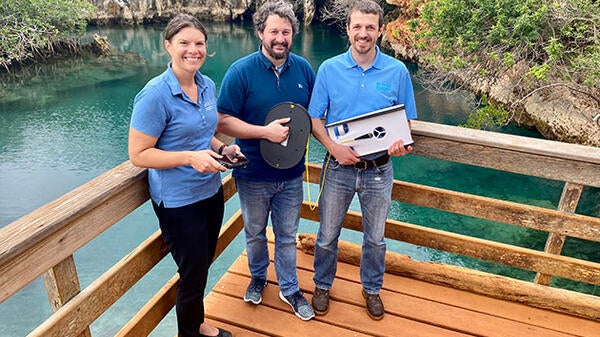The rare and ancient microorganisms that live in Bermuda’s submerged caves intrigue BIOS marine ecologist Leocadio Blanco-Bercial, but venturing into these dark, remote spaces to document and retrieve samples is often logistically difficult, not to mention dangerous. When a colleague mentioned a grant for a portable underwater robot that Blanco-Bercial could instead steer into narrow crevices and twisting tunnels to gather microbe samples and take photos, he set to work on an application.
Ocean Educators Unite for Virtual Learning Series
June 30, 2020
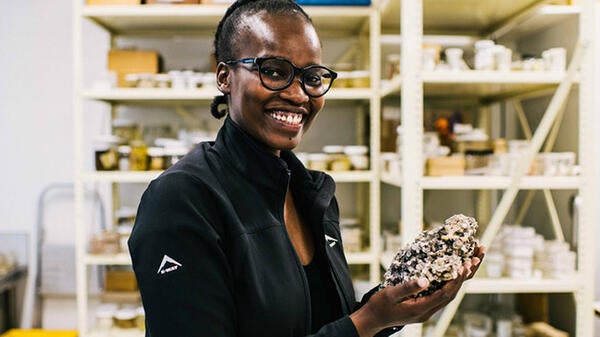
On May 28, 2020, a team of ocean educators from BIOS, the Bermuda Zoological Society (BZS), and the Bermuda Underwater Exploration Institute (BUEI) hosted the first episode of a virtual educational series called Ocean Diaries. The collaborative effort emerged in response to the COVID-19 pandemic, which forced the cancellation of the annual BIOS Mid-Atlantic Robotics in Education (MARINE) robotics challenge, as well as other educational activities on the island.
Creating a Connection to the Ocean
August 29, 2019
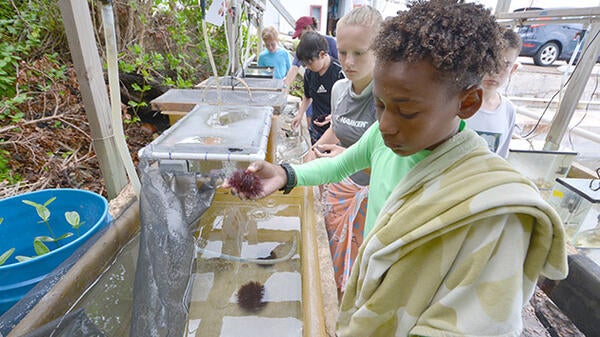
After a successful debut in the summer of 2018, BIOS again included the Ocean Science Camp in its lineup of summer education programs. The weeklong camp, held this year from July 8 to 12, is geared toward students aged 12-15 who are interested in the ocean, but have yet to participate in rigorous studies.
A Fresh Look for a Classic Facility
September 27, 2019
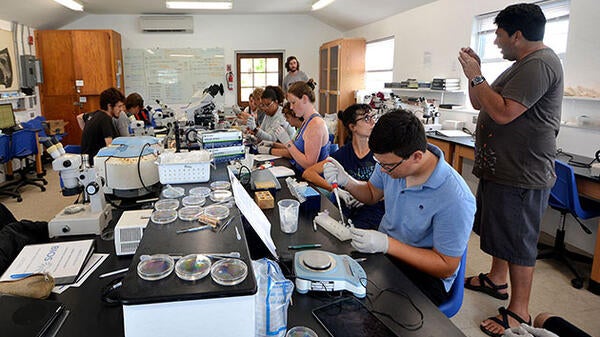
Since its construction in 1977, the Scott Lab has served as a facility for ocean science teaching and learning for hundreds of students of all ages, from primary through graduate school. The 700-square-foot lab, named after George T. Scott, president of the then-Bermuda Biological Station for Research (BBSR) from 1967 through 1969, is located near the Institute’s waterfront, offering convenient access to research vessels and the waters of Ferry Reach.
From STEM to STEAM
September 27, 2019
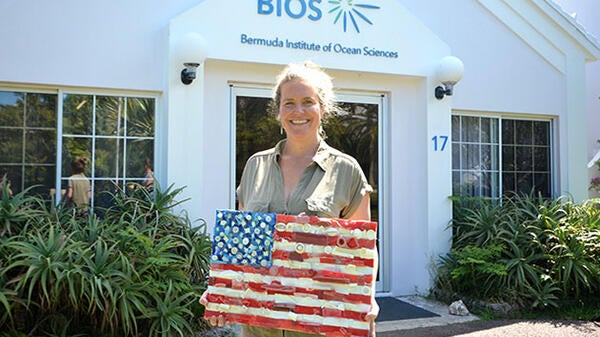
This summer, BIOS’s Marine Science Internship program, part of the Institute’s larger Ocean Academy, brought art into its primarily science-focused curriculum. The two-week program is designed to provide students ages 14 to 16 with training and skills development in scientific research and science diving. However, over the last several years, a growing number of educators have started incorporating art into the traditional fields of science, technology, engineering, and math (STEM). This new concept is known as STEAM, with the “A” representing “art” in the form of humanities, language arts, dance, drama, visual arts, design, and music.
